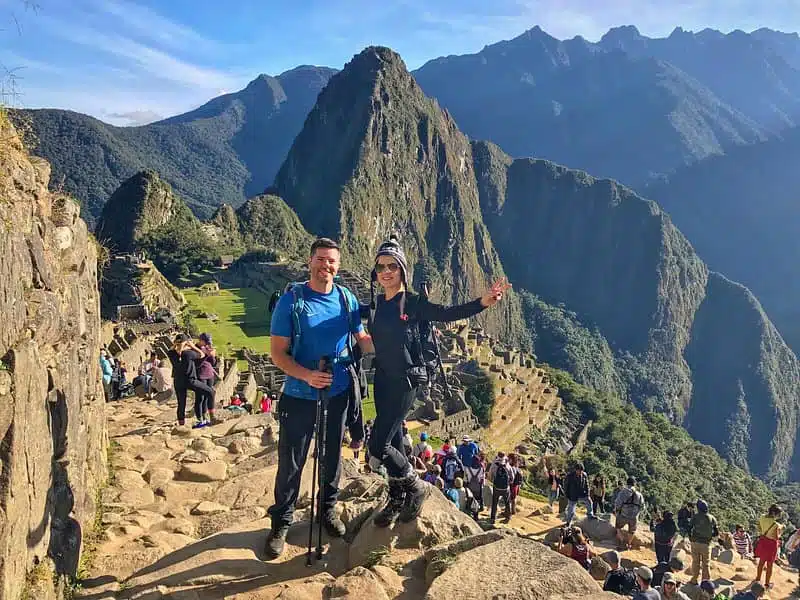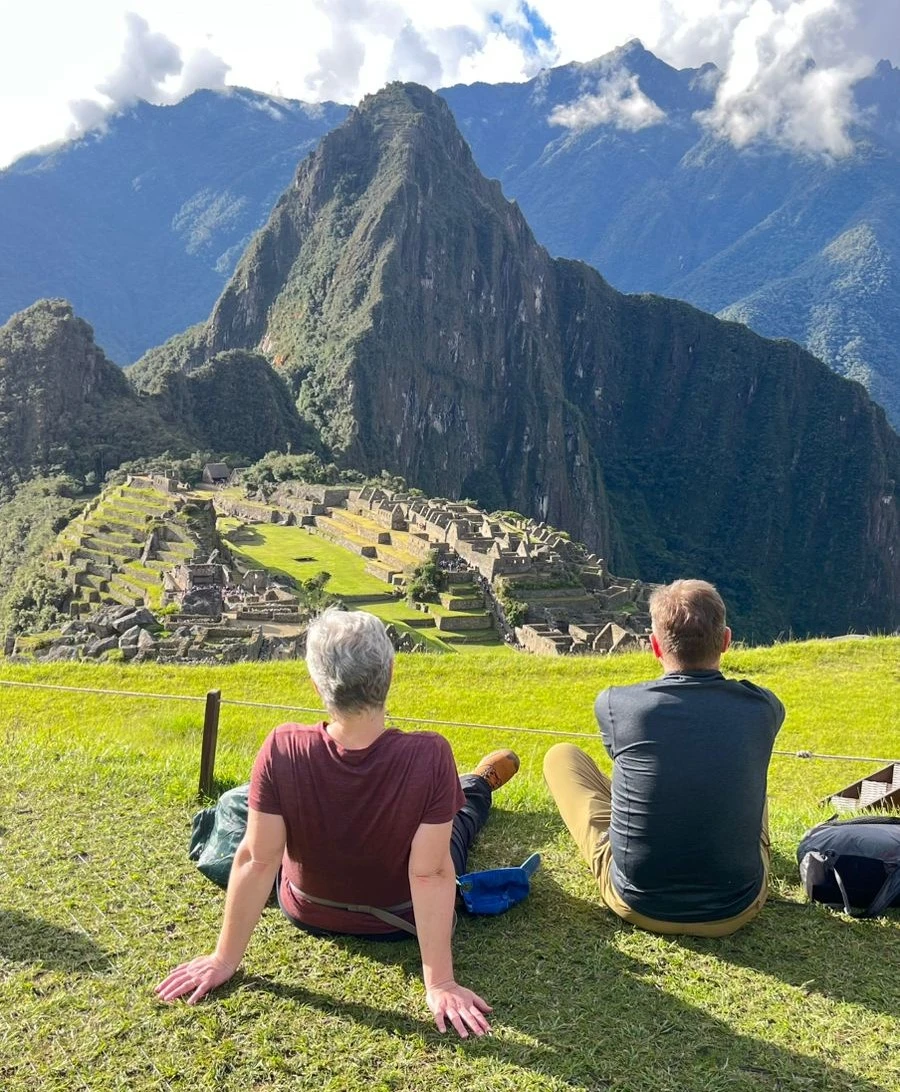Exploring the majestic city of Cusco and the iconic Machu Picchu can be a thrilling experience, but it's essential to understand the Cusco altitude and Machu Picchu altitude to ensure a safe and enjoyable trip. This article will guide you through everything you need to know about the altitude in these incredible destinations.
The Altitude of Cusco
Cusco, often referred to as the "Navel of the World," sits at an impressive altitude of approximately 3,400 meters (11,152 feet) above sea level. This high altitude can cause altitude sickness, also known as acute mountain sickness (AMS), which can affect travelers who are not accustomed to such elevations.
Symptoms of Altitude Sickness in Cusco
- Headaches
- Nausea
- Dizziness
- Shortness of breath
- Fatigue
It's crucial to take precautions to acclimate properly to the Cusco altitude. Drinking plenty of water, avoiding alcohol, and taking it easy for the first few days can help mitigate the effects of altitude sickness.
The Altitude of Machu Picchu
Machu Picchu, the ancient Incan citadel, is located at a slightly lower altitude than Cusco, at about 2,430 meters (7,972 feet) above sea level. While this is still considered high altitude, many travelers find it easier to adjust to the Machu Picchu altitude after spending time in Cusco.
Tips for Acclimating to Machu Picchu Altitude
- Spend a few days in Cusco before heading to Machu Picchu.
- Stay hydrated and eat light meals.
- Avoid strenuous activities on your first day at altitude.
- Consider taking altitude sickness medication if recommended by a doctor.
Activities and Attractions at High Altitude
Despite the challenges posed by the Cusco altitude and Machu Picchu altitude, there are numerous activities and attractions that you can enjoy. From exploring the historic streets of Cusco to hiking the Inca Trail to Machu Picchu, there's something for everyone.
Top Attractions in Cusco
- Plaza de Armas: The heart of Cusco, surrounded by beautiful colonial architecture.
- Sacsayhuaman: An impressive Inca fortress just outside the city.
- Qorikancha: The Temple of the Sun, a must-visit for history enthusiasts.
Experiencing Machu Picchu
Visiting Machu Picchu is a bucket-list experience for many travelers. The site offers breathtaking views and a glimpse into the ancient Incan civilization. To make the most of your visit, consider the following:
- Arrive early to avoid crowds and enjoy the sunrise over the ruins.
- Take a guided tour to learn about the history and significance of Machu Picchu.
- Explore the surrounding trails, such as the hike to Huayna Picchu for panoramic views.
FAQ About Cusco and Machu Picchu Altitude
What is the best way to acclimate to the Cusco altitude?
The best way to acclimate to the Cusco altitude is to take it slow, stay hydrated, and avoid alcohol. Spend a few days in Cusco before heading to higher altitudes like Machu Picchu.
Can I visit Machu Picchu if I experience altitude sickness in Cusco?
Yes, you can still visit Machu Picchu if you experience altitude sickness in Cusco. The Machu Picchu altitude is lower, and many find it easier to adjust. However, if symptoms persist, consult a doctor.
Are there any medications that can help with altitude sickness?
Yes, medications like acetazolamide (Diamox) can help prevent and alleviate symptoms of altitude sickness. Always consult a doctor before taking any medication.
Conclusion
Understanding the Cusco altitude and Machu Picchu altitude is crucial for a safe and enjoyable trip to these incredible destinations. By taking the necessary precautions and acclimating properly, you can fully experience the beauty and history of Cusco and Machu Picchu. Don't let the altitude stop you from exploring these wonders—plan your trip today!
```



